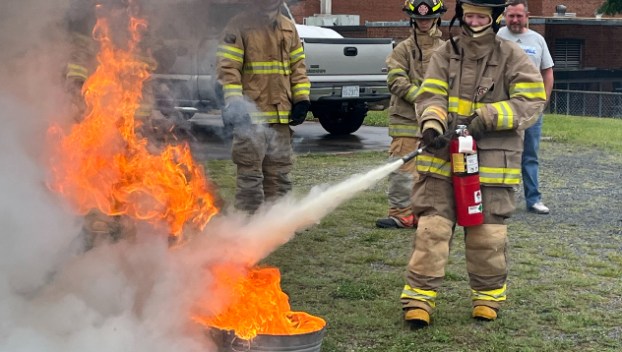
News
Students find community, purpose with Albemarle’s Firefighter Academy
Albemarle High School junior Raymond Ritter was struggling to figure out what to do with his life. Then ... Read more

Albemarle High School junior Raymond Ritter was struggling to figure out what to do with his life. Then ... Read more